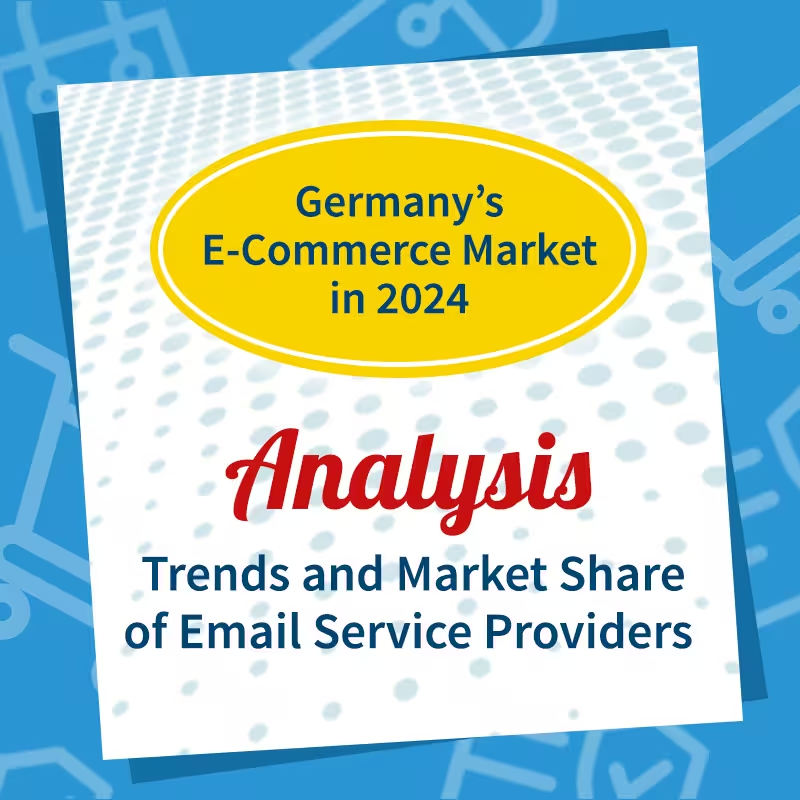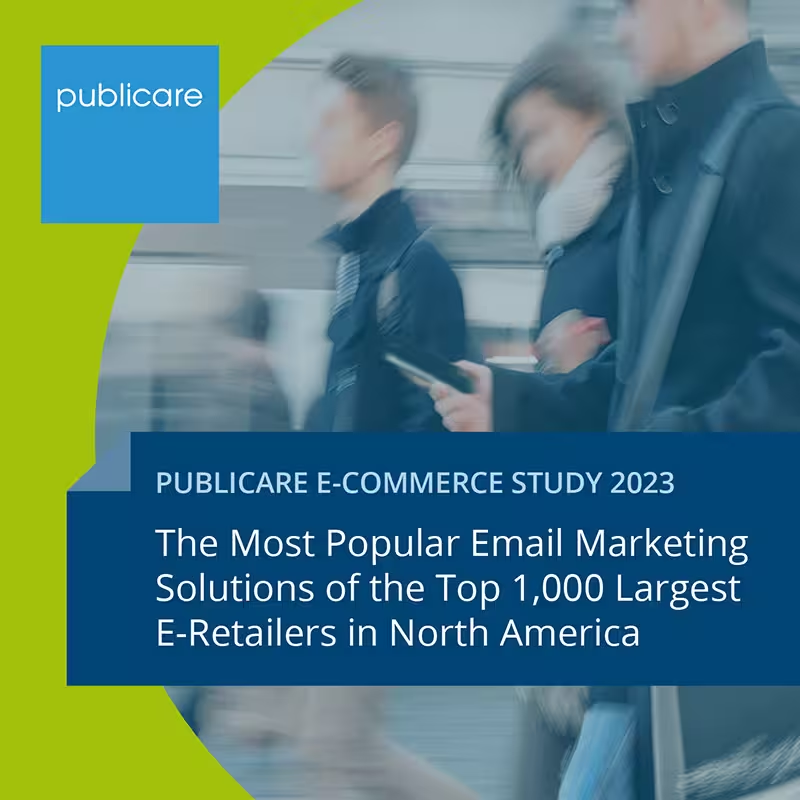Emails for everyone: tips and tricks for barrier-free email marketing
Accessibility has long been an important issue when designing websites and apps to ensure that content is also accessible to people with disabilities. In accordance with the European Accessibility Act and Accessibility Strengthening Act Companies must ensure digital accessibility by 2025. Many advertising companies are currently checking whether, in addition to websites and apps, the other digital channels are well positioned in terms of accessibility.

What does accessibility mean in email marketing? Information in emails should be accessible to all readers — regardless of physical or technical limitations. This includes preparing emails in such a way that they can be easily captured and output by readers, so-called screen readers, which are used by visually impaired people. In addition, technical accessibility must be observed, i.e. it must be ensured that mailings can be read independently of the system and are displayed correctly on all common devices. When it comes to content accessibility, it must be checked whether the content is understandable for the respective target group and is accessible, for example, regardless of the educational background.
What can you do to make your email marketing barrier-free?
Programming barrier-free email templates
- Responsive email templates, which were created in accordance with the latest HTML/CSS web standards, are generally barrier-free. What all email marketers should know: Since email layouts must still be implemented through tables so that they can be displayed well in all email clients, accessibility in emails cannot be measured using the same standards as with websites. Don't let web agencies rate your email template, but ask agencies with appropriate knowledge about email best practices
- However, email source code can also be additionally optimized for screen readers. Start by specifying the language in the template code. This helps screen readers use the correct voice mode. <html lang= “de “>.
- Make sure that tables are correctly marked to make their structure understandable: <table role= “presentation “>...</table>
- Tables that are used for design should be marked in the code so that screen readers read out the content in the correct order. This is because a table is not read out as it appears on the screen, but line by line. However, it is possible to assign a role to a table in code so that the screen reader knows that it is just a formatting table.
- <meta charset= “UTF-8″>Use the UTF-8 character set to ensure that all characters are displayed correctly:.
- To structure the content, headings should be declared as HTML elements (e.g. <h1><h2>,) so that recipients can jump from title to title with a button using the screen reader. Note that <span>screen readers do not recognize elements.
Visual design of accessible emails
- In addition to optimizing the code, the content of each individual email should also be clearly structured so that the content of the newsletter can be easily understood.
- Use high color contrasts and a legible font without embellishment to improve readability.
- When choosing font and background colors, however, you should make sure that not only accessibility is considered, but also the inverted display of the colors in dark mode.
- When using multi-column elements, pay attention to the length of the text; the shorter and more precise, the easier it is to capture them.
- Long texts should not be centered as this may impair readability and accessibility.
- White areas are important so that the text doesn't look too dense.
- Use responsive design to make your emails easy to read on all devices and screen sizes.
- Offer a text-only version of your email to readers whose email app can't display HTML emails.
How to create newsletters with accessible content
- Linked words in continuous text disturb the reading flow of screen readers and should be avoided. Links should be clearly recognizable as links, so avoid linking unstyled texts.
- Place activating and meaningful call-to-action texts at the end of text sections.
- Use meaningful link texts and alt texts for images and buttons: With all images in your mailings, you should keep in mind that images are not displayed by default in some email programs or cannot be correctly recognized by people with poor eyesight. Texts should therefore never be integrated exclusively on images, but also as readable text.
- It is also useful to add alternative text to images: If the recipient can read out the mailing, the text defined here is output. Describe what you see or where the link leads — avoid unnecessary duplication and generic placeholder texts in the alt texts (“click here”, “link icon”, “company ABC”).
- Use direct and clear language and avoid long and complicated sentences.
- Reduce the use of emojis in body text, otherwise they will be read along with you. “Vouchers 🎁 Rewards 🎉 Discounts” otherwise becomes: “[...] vouchers gift rewards confetti cannon discounts.”
- Avoid purely visual cues (arrows) or add text to icons to make them understandable.
Conclusion: With manageable effort, you can ensure that your email campaigns are accessible and understandable for all recipients and that you meet legal requirements by 2025. We are happy to help you optimize your email templates and advise you on how to structure and optimize your mailings.
















